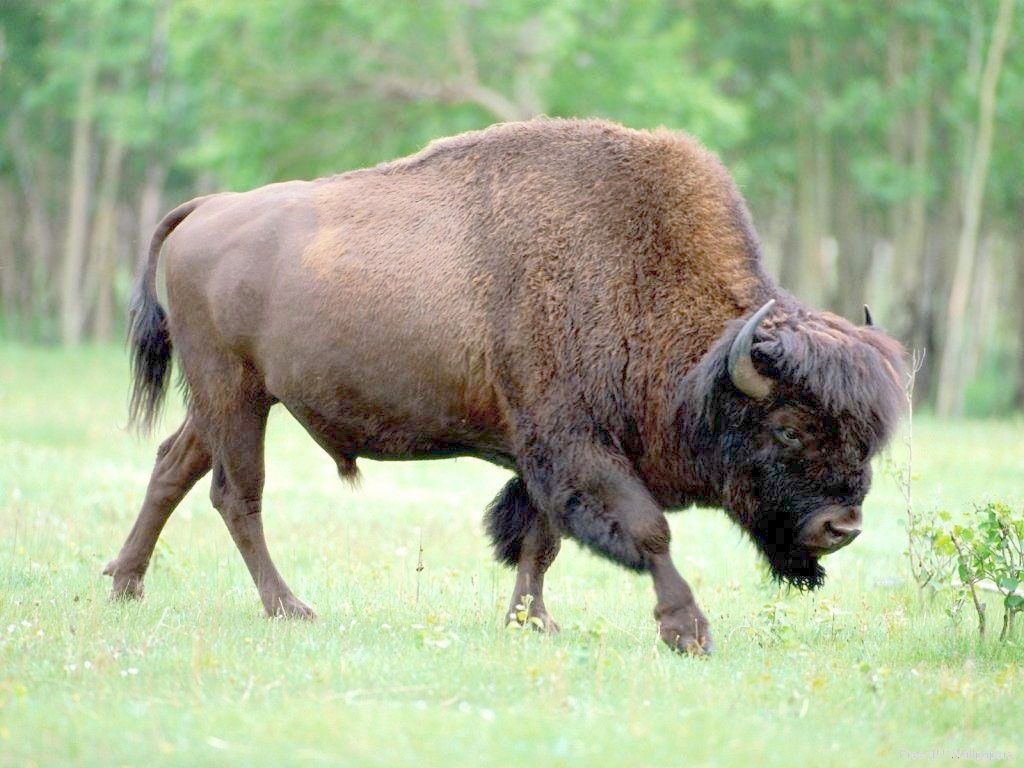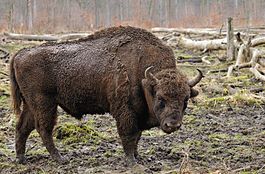Wolves habitat
This year, on April 27, Vladimir Vladimirovich found a second den with eight wolf cubs near last year’s location. He guarded their mother near the den for several days, but she did not appear. The wolf cubs were about ten days old, so their eyes also did not open.
Old people say that wolves never hunt in the area where they have made a lair for their offspring. Near the burrow they do not even attack mice or hares. This is probably why during these two years no one in our nasleg had a loss of either livestock or herd. But there were cases when wolves attacked horses in the area neighboring ours.
This fact made me think that perhaps wolves do not hunt near their lair so as not to scare off future victims of their offspring. From Vladimir Vladimirovich I learned that in August and September wolves begin to teach wolf cubs to catch mice and hares.
Where there is a lot of natural food, the wolf does not attack livestock and subsists entirely on wild fauna. Analyzing the diet of the wolf in certain parts of its range with different historical conditions, it is easy to notice that in most areas of the forest zone, where currently the number of elk, and in some places wild boar and deer, has increased greatly, the existence of the wolf is ensured by wild ungulates and it rarely attacks domestic animals (Osmolovskaya, Priklonsky, 1975). A good example is the situation in the Ryazan region, in the northern forest part of which the wolf lives off of natural food, and in the southern, sparsely forested part, where wild ungulates are rare, it harms livestock (Postnikov, Teplov, 1960; Ivanov, 1967). In Yakutia, for example, during the years of depression of the white hare, livestock losses from the predator increase.
Thus, the frequency of wolves eating domestic animals depends on the availability of natural food in a given area or in a given year and, of course, on the organization of livestock protection.
Lives in a variety of landscapes. The habitat and time it stays in the same area often depends on the availability and abundance of food. In the second half of winter, the location may depend on the depth of the snow cover, and in spring and summer - on the availability of a convenient place to build a den. The tundra zone is characterized by seasonal movements of wolves associated with the mass migration of deer, their main food.
The hunting area of the pack is located within a fairly large area, within which there is a den of the parents. The winter border of the pack's hunting area in Yakutia is at least 35 km in radius. The maximum speed that a wolf can develop over short distances reaches 50-60 km/h and it can easily catch up with a white hare. The length of the jumps reaches 3.5-4.5 meters.
It is known from other regions that wolves live a maximum of 15-20 years, but already at 10-12 years old they show signs of old age.
It obtains food by active search followed by a rush over short distances of hundreds of meters or with a long pursuit over a distance of several kilometers. Wolves also use the raid method, when some chase and others wait. The basis of the wolf's winter diet is ungulates: in the tundra - wild and domestic deer, in the taiga zone - elk, roe deer, musk deer, bighorn sheep and wapiti. A pack of wolves often attacks herds of horses. During years of high abundance of the white hare, it becomes one of the wolves' main food items throughout the year. It rarely catches upland game and does not disdain carrion. In the summer, its diet becomes more varied, and the role of mouse-like rodents increases significantly. In winter, as a rule, it is returned to the half-eaten victim, sometimes after many days.
Wolves make their dens in the most remote areas, as a rule, on dry steep banks and hillocks. It represents a hole 1.5-5 m deep, sometimes with two exits. One hole can be used for a number of years, sometimes with interruptions. In the tundra, arctic fox burrows and rock crevices are often used for dens.
Wolf cubs appear in May-early June. It is known from other regions that pregnancy lasts 62-75 days. There are usually 3-8 puppies in a litter. The weight of newborns is 300-500 g. The eyes open on days 9-12. Three-week-old wolf cubs begin to crawl out of the hole, and one-and-a-half-month-old cubs quickly scatter and hide when in danger. The mother feeds them with milk for about 1.5 months, but from the age of three weeks the wolf cubs are fed by the burps of their parents. From 3-4 months of age, parents stop feeding burps, and along with meat, they often bring dented but live prey. Since September, wolf cubs have been participating in adult hunts.
After giving birth, the male feeds the brood and the female for some time. Later, the wolf cubs are fed and trained by both parents.
When hunters take wolf cubs from their den, the parents do not protect their offspring, they just stay nearby, usually without showing themselves to people.
The structure, size and location of lairs are different and depend on specific habitat conditions. The general requirements of wolves for the construction of a den are: a hidden location that is rarely visited by humans, the presence of a water source and reliable protection from adverse weather, and the availability of food. The approach to the den is often hidden - there are usually no rotting remains of meat, bones and other objects that indicate its proximity. However, there are exceptions when lairs are found directly near villages, field camps, roads and other places frequently visited by humans. It has been noticed that old animals choose the most remote and remote areas and very carefully disguise their presence in the area of the den.
Wolf lairs (according to the size of the plots) are usually located no closer than 10-15 km from one another
Hunting wolves is difficult, but that is precisely why it brings the greatest satisfaction. On this hunt, like no other, the hunter’s skills are tested in the ability to read tracks, endurance, endurance, and the ability to shoot calmly and confidently, because missing a wolf in an environment convenient for shooting is considered a great shame.
The daily movement of wolves in different natural zones varies from 0.8-40 km (Sysoev, 1968) to 20-200 km (Pulliainen, 1963).
While working on this material, I came to the following conclusions:
- The wolf is a very smart animal, a caring and wise parent.
- Wolves are constant not only in relation to a partner, but also in choosing a place to breed their offspring.
- We must beware not of the wolf who has made a den close to us, but of the one who comes running to us to hunt from afar.
- In recent years, the number of wolves in Yakutia has been increasing and it is very difficult to catch them.



No comments here yet.